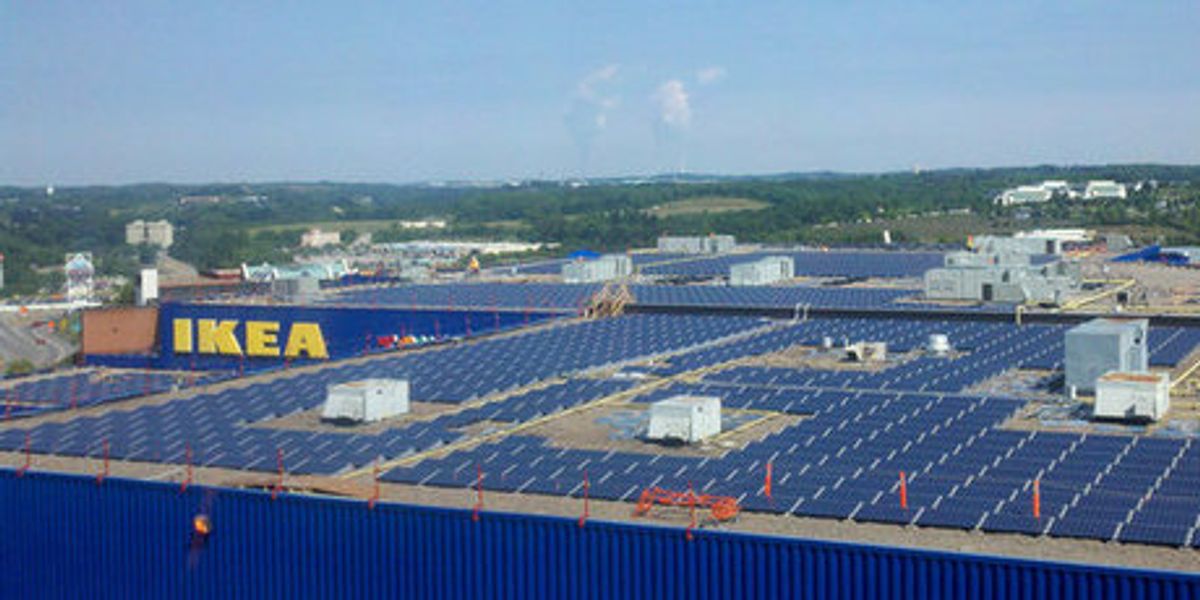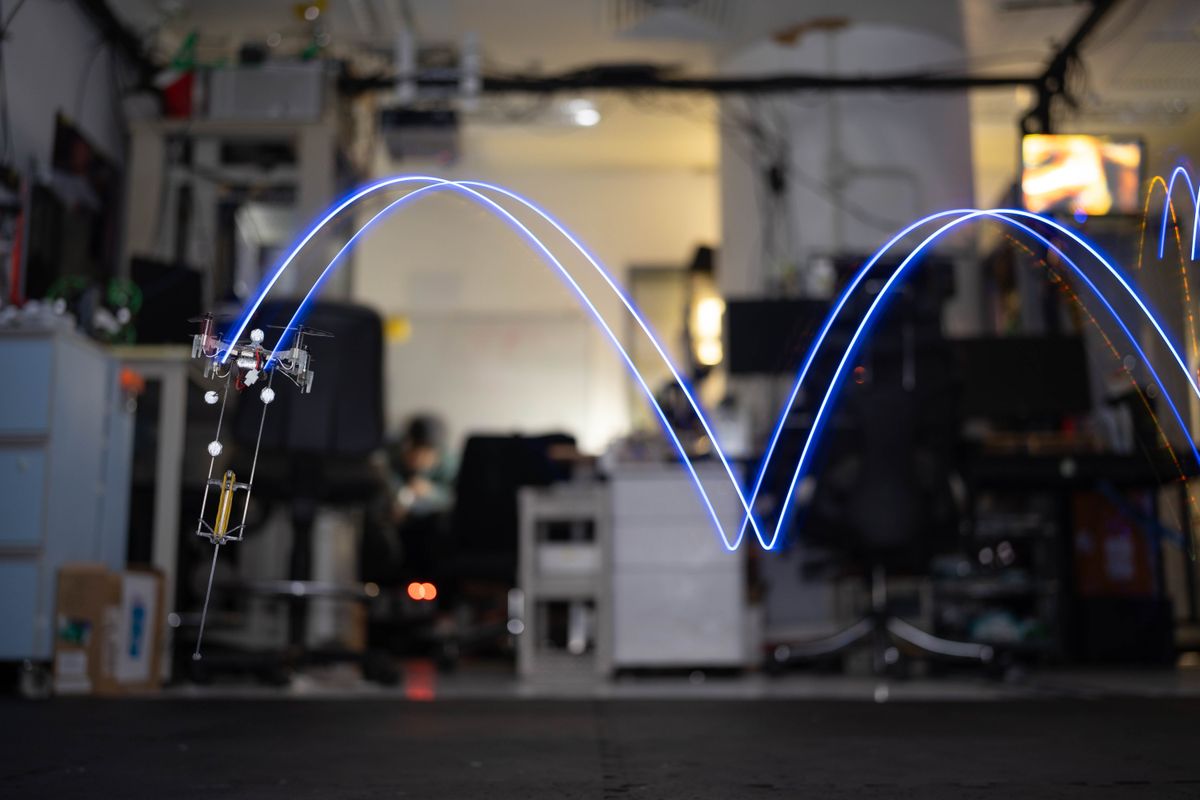On the one hand, the United States is in a frenzy of solar installation: In the second quarter of this year, almost 750 megawatts of photovoltaics panels were put in place, and the U.S. total for the year is expected to exceed 3 gigawatts—the equivalent of three nuclear power plants in terms of capacity, and roughly one in terms of energy produced over time. On the other hand, It's obvious that the boom has been fed by artificially low prices: Most advanced industrial and fast-industrializing countries subsidize solar installations generously, and Chinese exporters--which increasingly dominate the world market--stand accused of selling PV panels at lower than production cost.
On top of that, there is the disconcerting question of how well solar pays for itself, even in terms of physical energy.
In the United States, big chain stores have taken the leading role in the PV installation craze. This is partly because, with sophisticated, centrally managed operations they are well placed to calculate the benefits to be gleaned from policies encouraging solar investment, partly because some of them such as Walmart are keen to project a public-spirited image, and partly (not least) because the so-called "big box" stores are just that— big boxes with big rectangular roofs, well suited for large PV arrays. IKEA, the Swedish budget furniture retailer, plans to outfit all its U.S. stories with solar panels.
In a list of the twenty U.S. companies that have made the biggest investments in solar, the leading five are all big chain stores (Walmart, Costco, Kohl's, IKEA, and Macy's, in that order). This is not a new story, by any means, but it's a story that has come to have a lot of scale and momentum.
Can the story continue, or will all those huge solar roofs come to be seen, some day, as relics of an era in which public policy got out of hand? The premise behind solar subsidies is of course that after some period of time, the industry will mature to the point and costs will come down enough for manufacturers to thrive without public support. The jury is out of whether we are going to see this transition any time soon. Meanwhile, uncomfortable questions are being raised as to whether solar will deliver the benefits we have tended to take for granted.
In the current issue of IEEE Spectrum, contributing editor Peter Fairley discusses studies comparing the "energy return on investment" (EROI) for solar and a variety of other energy technologies. Both thermal and photovoltaic solar come out surprisingly poorly. Some studies rank solar's EROI (which is just what it sounds like it is) below that of coal, oil, and natural gas
A couple of Fairley's sources go so far as to blame the world financial crisis, including Spain's woes, partly on a generally deteriorating EROI. Perhaps that goes too far. Spain's 25-percent unemployment rate and its near insolvency surely are not the effects of a few questionable solar investments, however big and bad they may have been. EROI is itself a somewhat slippery concept, as some of Fairley's other sources note. A striking element in the studies he cites is the seemingly stellar performance of wind, which is awarded an EROI that is three times solar and almost double that for oil and gas.
If those numbers are right, shouldn't we just do nothing but build wind turbines, even if we have to invest trillions of dollars in new transmission to carry the wind energy to the places it's needed? The trouble is, if we do that, wind's EROI will deteriorate with all the energy put into new construction, and the whole calculation will be thrown off.
That's one reason a lot of people still prefer to compare energy sources the old-fashioned way, in terms of hard cash.



